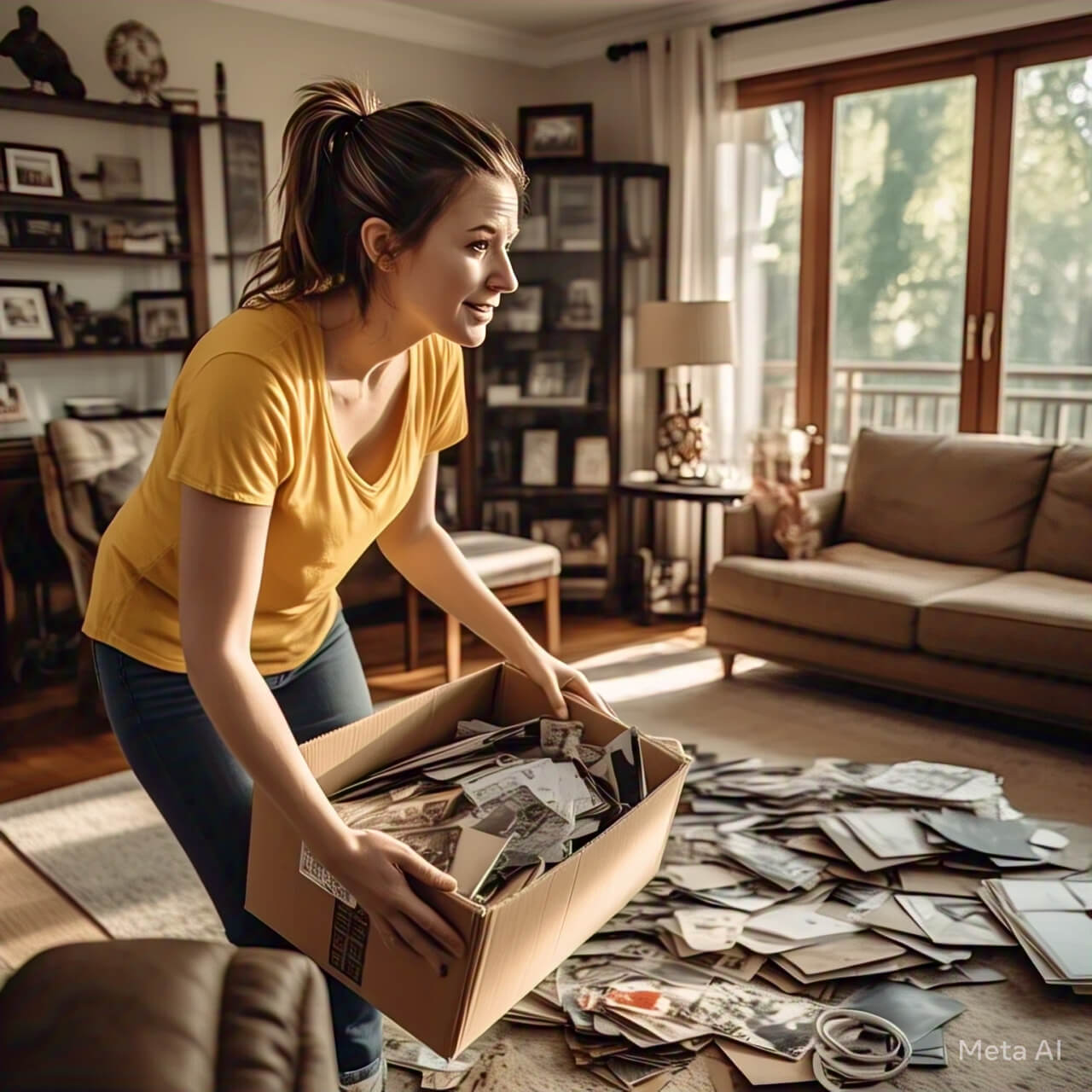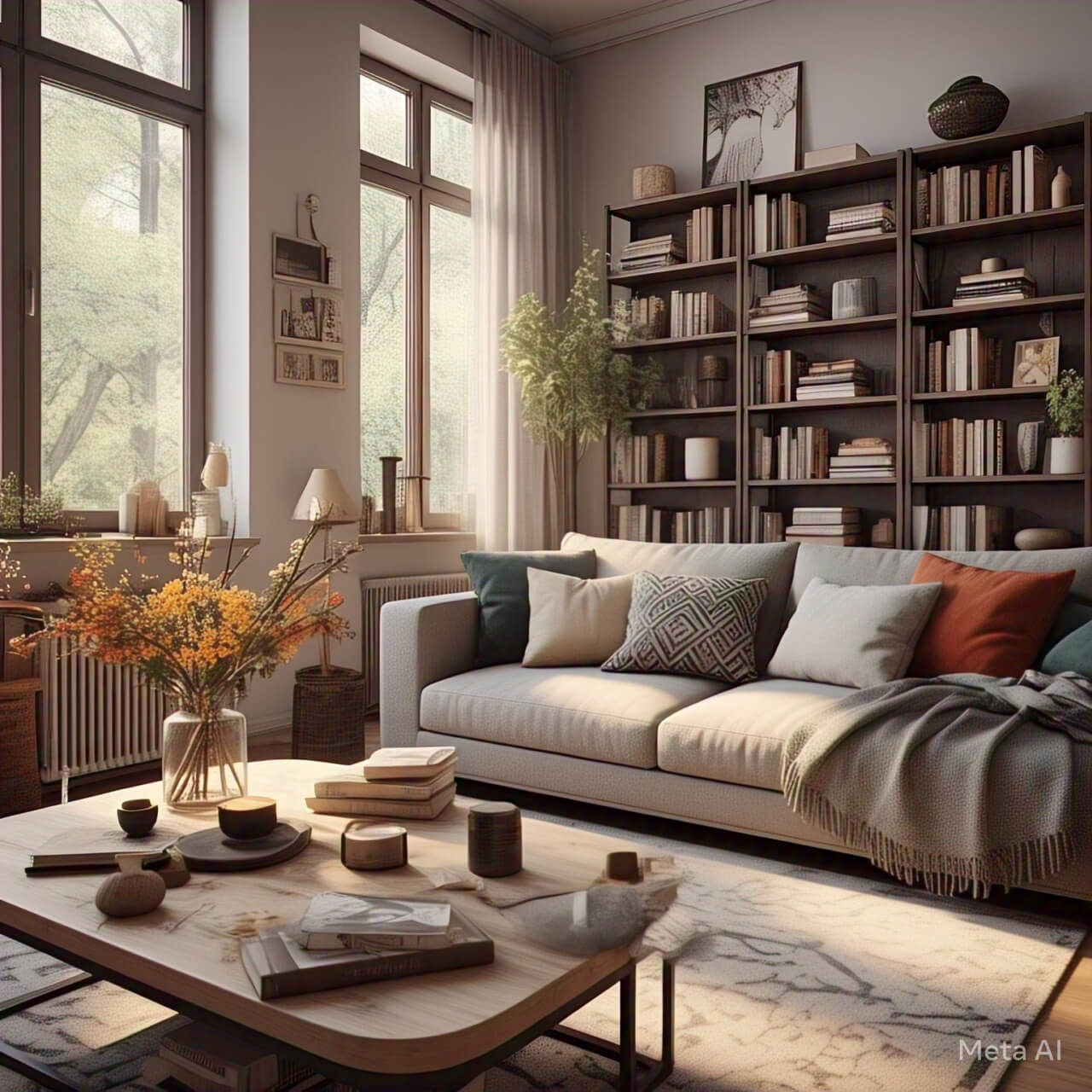How to declutter your home: Decluttering your home can feel overwhelming, but it doesn’t have to be. The key is to take small steps and focus on one area at a time. Start by sorting your belongings into three categories: keep, donate, and throw away. Be honest with yourself—if you haven’t used something in a year, you probably don’t need it. Clearing out clutter not only makes your home look better but also reduces stress and saves time.
A tidy space helps you think clearly and feel more relaxed. Begin with easy spots like drawers or shelves before moving to bigger areas like closets or garages. Use storage boxes or baskets to organize what you keep. Label them so you know where everything is. Don’t rush—decluttering is a process. Even doing just 15 minutes a day can make a big difference over time. Remember, the goal is to create a home that feels open and peaceful, not packed with things you don’t use.

10 Easy Tips to Declutter Your Home
- Start small—one room at a time.
- Sort items into keep, donate, trash.
- Remove duplicates (like extra mugs).
- Use storage bins for organization.
- Clear surfaces (tables, counters) first.
- Donate unused clothes and toys.
- Set a timer for short sessions.
- Keep only what you love or need.
- Store seasonal items out of sight.
- Maintain daily tidying habits.
1. Why Decluttering is Important
A cluttered home can make you feel stressed and overwhelmed. When there’s too much stuff around, it’s hard to find things, clean properly, or relax. Decluttering helps you create a more peaceful and functional space. It also saves time because you spend less time searching for lost items. A tidy home can improve your mood and even boost productivity. Studies show that people think better in clean, organized environments. If you’ve ever felt anxious in a messy room, you know how freeing it feels to clear things out.
2. How to Start Decluttering
The best way to begin is by choosing a small area, like a drawer or a shelf. Trying to declutter the whole house at once can be too much. Sort items into three piles: keep, donate, and throw away. Be strict—if you haven’t used something in months, let it go. Work in short bursts (15-30 minutes) to avoid burnout. Once you finish one spot, move to the next. Seeing progress will keep you motivated.
3. Decluttering Your Closet
Closets often become dumping grounds for clothes we don’t wear. Start by taking everything out. Try each item on—if it doesn’t fit or you don’t love it, donate it. Keep only what you actually wear. Use hangers or bins to organize what’s left. A good rule: if you buy something new, remove something old. This keeps your closet from getting crowded again.
4. Organizing the Kitchen
The kitchen is a high-traffic area that gets messy fast. Begin by emptying cabinets and drawers. Throw away broken or unused items. Group similar things together (like baking supplies or spices). Use drawer dividers for utensils. Keep countertops clear—only leave out daily-use appliances. A well-organized kitchen makes cooking easier and faster.
5. Tackling Paper Clutter
Papers pile up quickly—bills, mail, schoolwork. Sort them into “keep,” “shred,” or “recycle.” Use folders or a filing system for important documents. Go digital when possible (scan receipts or bills). Shred old papers to protect your privacy. A small desk organizer can help keep things neat.
6. Clearing Out Kids’ Toys
Kids’ toys can take over a home. Involve your children in decluttering—ask them to pick toys they don’t play with anymore. Donate or store extras. Use bins to categorize toys (blocks, dolls, cars). Rotate toys every few months to keep things fresh. Fewer toys mean easier cleanup.
7. Managing Electronics & Cables
Old phones, chargers, and cables create clutter. Recycle broken electronics. Keep only the cables you use. Use twist ties or clips to organize them. Label cords so you know which goes where. A small box can store extras neatly.
8. Decluttering the Bathroom
Bathrooms collect expired products and unused items. Check medicine cabinets—toss old makeup and expired medicines. Keep only daily essentials. Use baskets or shelves to organize products. A clean bathroom feels more relaxing.
9. Dealing with Sentimental Items
Some things are hard to let go of because of memories. Keep only the most meaningful items—take photos of the rest. Display special pieces instead of storing them in boxes. This way, you enjoy them without clutter.
10. Maintaining a Clutter-Free Home
Once you declutter, keep it that way. Spend 10 minutes daily tidying up. Avoid impulse buys—ask yourself if you really need something before buying. Regular small cleanups prevent big messes later.

FAQs About Decluttering
| Question | Answer |
|---|---|
| How often should I declutter? | Do a big clean once or twice a year, with small tidy-ups weekly. |
| What’s the easiest room to start with? | Begin with a small space like a junk drawer or closet. |
| How do I decide what to keep? | If you haven’t used it in a year, consider donating or tossing it. |
| What if I feel guilty throwing things away? | Donate usable items—someone else might need them. |
| How can I stop clutter from coming back? | Follow the “one in, one out” rule—donate an old item when buying new. |
Decluttering doesn’t have to be hard. Take it step by step, and soon your home will feel fresh and open.


